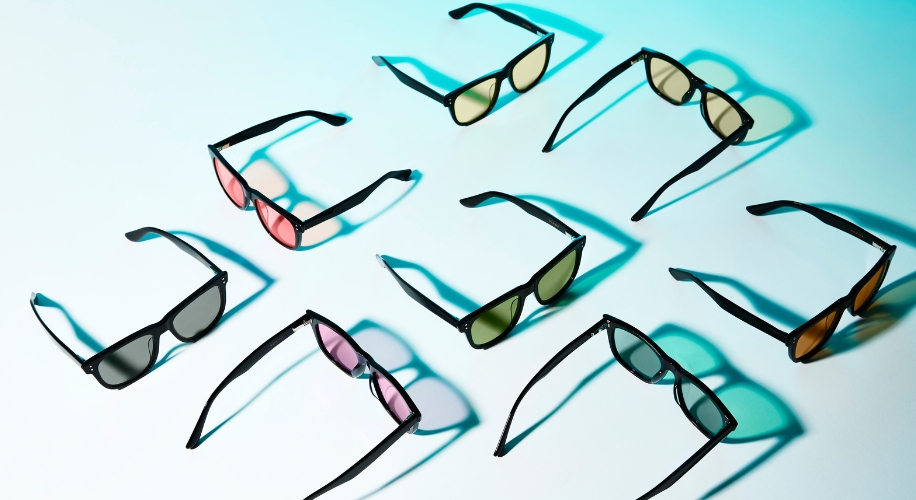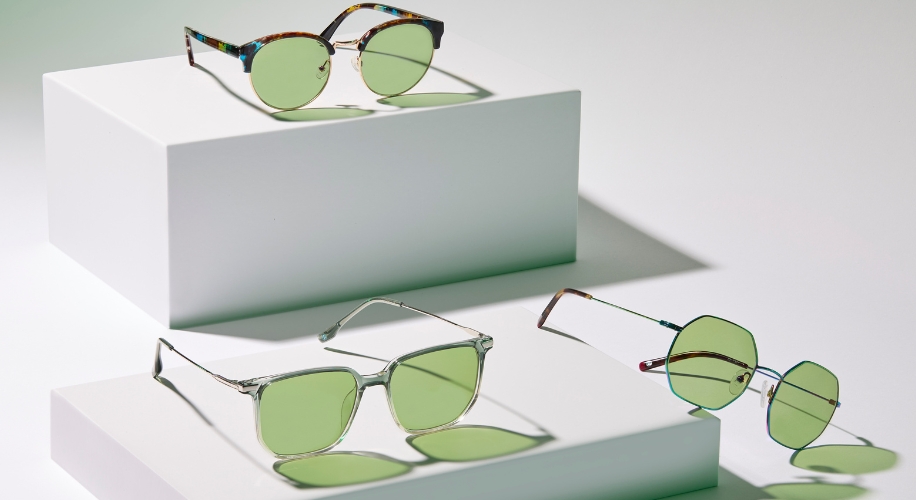Understanding Blue Light and Its Impact on Our Lives

As we navigate through our daily routines, the omnipresence of blue light often goes unnoticed. This part of the light spectrum is everywhere, emanating from the sun and artificial sources alike. It’s essential to recognize the sources of blue light and understand its effects on our well-being.
Common Sources of Blue Light
Blue light is not just a byproduct of modern technology; it is also a fundamental component of natural sunlight. However, the digital age has significantly increased our exposure to artificial sources. Here are some common culprits:
- Electronic screens: From smartphones to tablets, laptops to televisions, the digital screens we stare at daily emit considerable amounts of blue light.
- LED lighting: Energy-efficient and long-lasting, LED lights are found in homes, offices, and street lamps, all of which contribute to our blue light exposure.
- Compact fluorescent bulbs (CFLs): These energy-saving bulbs are another household source of blue light.
Understanding where blue light comes from can help us manage our exposure and mitigate potential effects on our health.
Effects of Blue Light Exposure

While blue light is a natural stimulus that helps maintain our circadian rhythm, excessive exposure, especially at night, can disrupt our sleep patterns. Here’s how blue light affects us:
Impact on Sleep
Exposure to blue light can impede the production of melatonin, the hormone responsible for regulating sleep, leading to difficulties in falling asleep and a decrease in sleep quality. This disruption to our internal clocks can leave us feeling tired and unfocused during the day.
Digital Eye Strain
Staring at screens for prolonged periods can lead to digital eye strain, characterized by symptoms such as dry eyes, blurred vision, and headaches. Blue light, with its short wavelength, scatters more easily than other colors, reducing contrast and contributing to eye strain.
Long-Term Effects
Research is ongoing, but there is concern about the long-term effects of blue light on eye health, including potential damage to the retina.
Protecting Your Eyes from Blue Light

Mitigating the impact of blue light doesn’t mean shunning technology but rather adopting smart habits and protective measures. Here are some tips to consider:
- Use blue light filters: Many digital devices come with settings that reduce blue light emissions, especially during evening hours.
- Adopt the 20-20-20 rule: To reduce digital eye strain, every 20 minutes, look at something 20 feet away for at least 20 seconds.
- Consider computer glasses: Specialized blue light blocking glasses can help filter out blue light, offering comfort during extended screen time.
By being mindful of blue light exposure and taking steps to protect our eyes, we can enjoy the benefits of technology while maintaining our ocular health. Visit Zenni Optical for a variety of eyewear options, including glasses with lenses designed to block blue light. Whether you’re looking for affordable prescription glasses or trendy sunglass styles, we have options to fit your needs and keep your eyes protected. Remember to have regular eye exams and consult with your eye care provider for personalized advice on managing blue light exposure.




 Canada
Canada